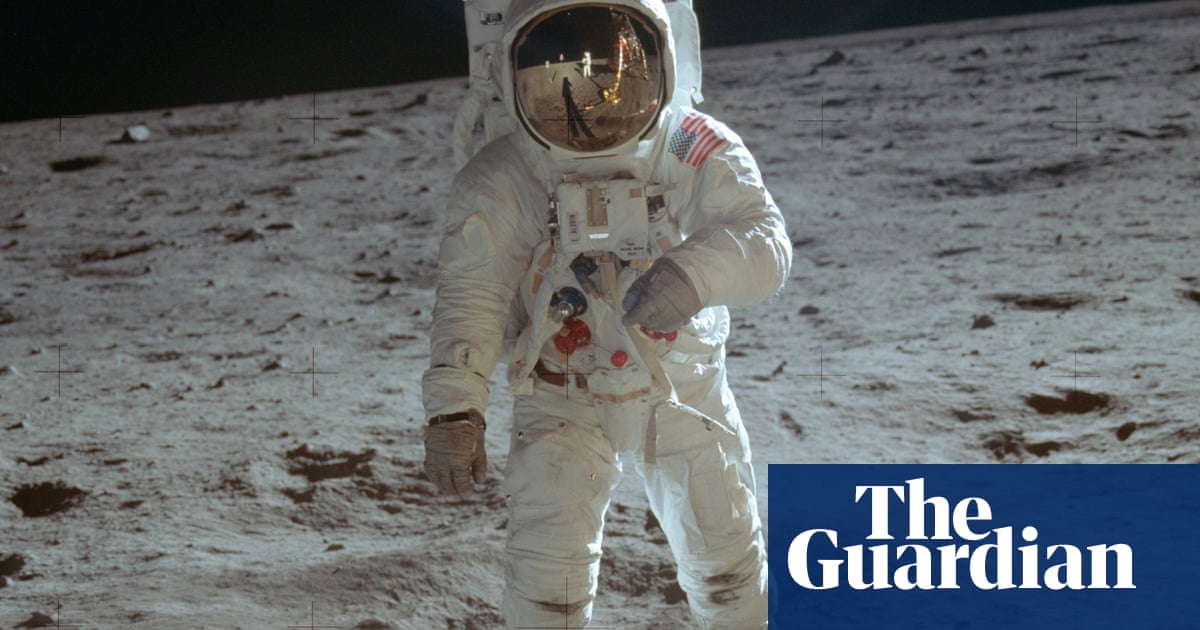
It was a flawless launch. In the early hours of Monday morning, the Vulcan Centaur rocket rattled into the darkness over Cape Canaveral, shed its solid rocket boosters and released the Peregrine spacecraft on the perfect trajectory for its landmark mission to the moon.
The success prompted a “Yee-haw!” from Tory Bruno, the chief executive of United Launch Alliance, which built the rocket: this was the Vulcan’s maiden flight, after all. But it wasn’t long before the mood shifted. Astrobotic, the company behind Peregrine, found the spacecraft was leaking propellant. And without sufficient fuel, the chances of landing softly on the moon rapidly fell to zero.
It is more than half a century since Nasa landed astronauts on the moon and brought them all home safely. Shouldn’t landing on the lunar surface today be, if not quite trivial, then at least straightforward? Hasn’t the rocket science of the mid-20th century become the basic knowledge of the 21st?
Peregrine isn’t the only recent failure. While China and India have both placed robotic landers on the moon, Russia’s Luna 25 crash-landed last year, nearly 60 years after the Soviet Union’s Luna 9 nailed the first gentle touchdown. Landers built by private companies have a 100% failure record on the moon: the Israeli Beresheet lander crashed in 2019, while a Japanese lander built by ispace crashed last year. Peregrine makes it three out of three losses.
One fundamental challenge, says Jan Wörner, a former director general of the European Space Agency (Esa), is weight. “You are always close to failure because you have to be light or the spacecraft will not fly. You cannot have a big safety margin.”
Added to that, almost every spacecraft is a prototype. Apart from rare cases, such as the Galileo communications satellites, spacecraft are bespoke machines. They are not mass produced with the same tried and tested systems and designs. And once they are deployed in space, they are on their own. “If you have trouble with your car, you can have it repaired, but in space there’s no opportunity,” says Wörner. “Space is a different dimension.”
The moon itself presents its own problems. There is gravity – one-sixth as strong as on Earth – but no atmosphere. Unlike Mars, where spacecraft can fly to their destination and brake with parachutes, moon landings depend entirely on engines. If you have a single engine, as smaller probes tend to, it must be steerable, because there is no other way to control the descent.
To complicate matters, the engine must have a throttle, allowing the thrust to be dialled up and down. “Usually you ignite them and they provide a steady state thrust,” says Nico Dettmann, Esa’s lunar exploration group leader. “To change the thrust during operations adds a lot more complexity.”
And yet, with the first lunar landings back in the 60s, it can be hard to grasp why the moon remains such a tough destination.
Moon mission records provide a clue: soon after the Apollo programme, lunar landers fell out of favour. When China’s Chang’e 3 spacecraft touched down in 2013, it chalked up the first soft landing on the moon since the Soviet’s Luna 24 in 1976.
“There were decades when people were not developing landers,” says Dettmann. “The technology is not that common that you can easily learn from others.”
Testing, then, is critical. But while rockets can be bolted down and put through their paces, the options are more limited for spacecraft. Tests can check whether power and propulsion, navigation, communications and instruments work, and spacecraft are shaken to ensure they can endure the intense vibrations of launch, but there is no good way to simulate a moon landing. “It is much harder to qualify and validate a lunar lander than many other space systems,” says Dettmann.
During the space race, Nasa spent a staggering $25bn on Apollo. It still clocked up failure after failure before it reached the moon. It now has 70 years of institutional knowledge and a culture geared towards designing, building and testing spacecraft. Under its new Commercial Lunar Payload Services (CLPS) scheme, however, the agency is looking to slash costs and stimulate the US space industry by paying private companies, such as Astrobotic and the Houston-based Intuitive Machines, to deliver its instruments to the moon.
The trade-off is a greater risk of failure, so more lost missions should be expected. “These companies are all relatively new. And comparatively, they are doing these missions on pocket change,” says Dr Joshua Rasera, a research associate at Imperial College London. But the strategy should pay off, he says, because companies learn from their failures. “It still ends up being cheaper over the total number of missions,” he says, “even if the first few maybe crash.”












